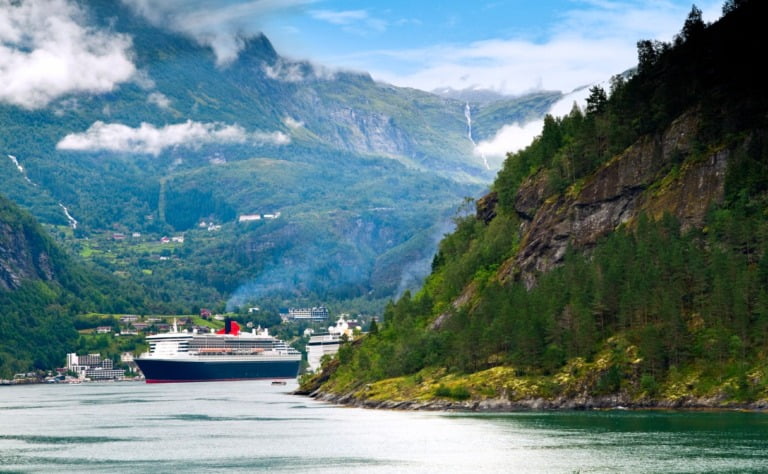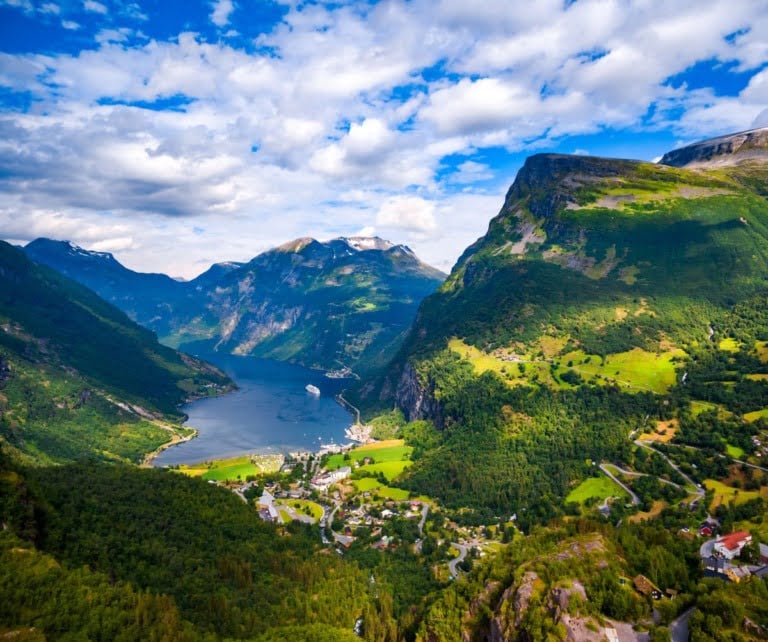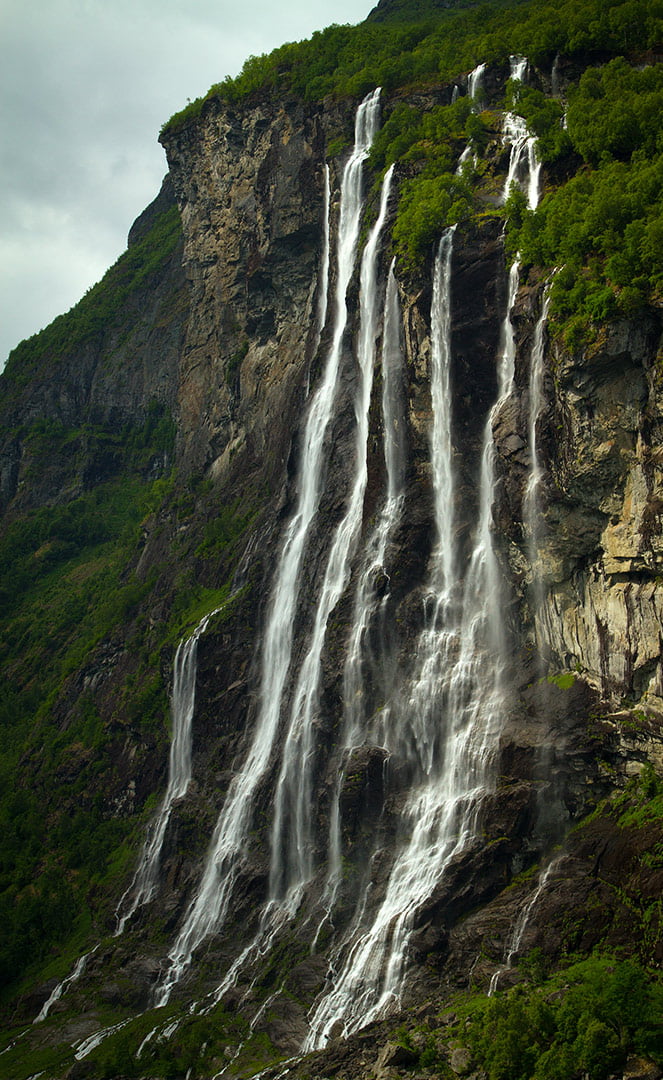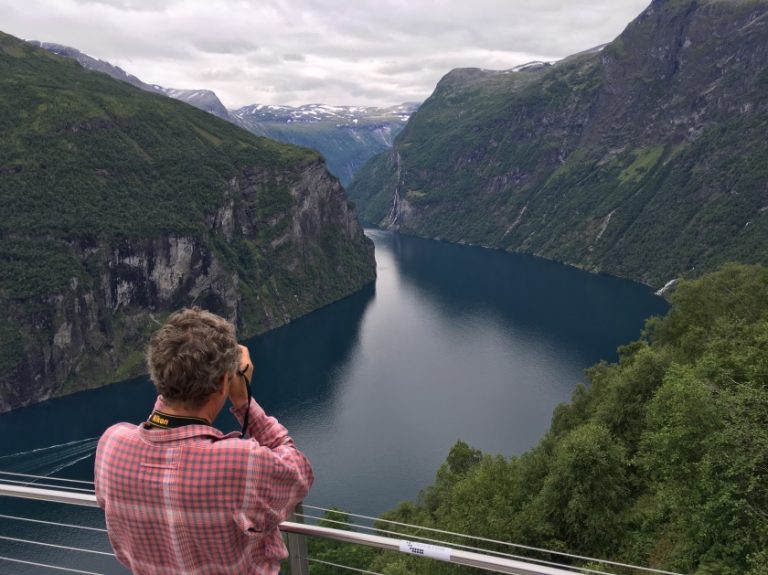Big things might be happening soon with cruise traffic in Norway's Geirangerfjord. Smaller vessels and adapted green quay facilities could make for a green fjord and offer a solution for preserving the World Heritage site.
The deep blue Geirangerfjord is a UNESCO World Heritage site surrounded by majestic mountain peaks, wild waterfalls and lush vegetation. It is no wonder that during a typical year, the fjord attracts 700,000 tourists in a few short summer months.

Many tourists who want to experience Norway's Geirangerfjord, a World Heritage site, come by sea in cruise ships.
These large ships are currently powered by fossil fuels, but the Norwegian Parliament has adopted a requirement for zero emissions in World Heritage fjords from 2026 onward.
New solutions with emission-free vessels
The Norwegian university NTNU is set to collaborate with Stranda municipality to solve the problem through the “green quay” project.
“We want to help make the sea area in and around the Geirangerfjord an even nicer and more environmentally friendly tourist attraction in the future,” says Hans Petter Hildre. He heads the Department of Ocean Operations and Civil Engineering at NTNU.
The village of Geiranger usually has about 200 permanent residents, and many of them count on the income from visitors for their livelihoods.

Tourism is also of great importance for other parts of the business community throughout the Sunnmøre district.
By sea is best and most realistic option
The road infrastructure in the area is not adapted to handle more traffic than it does today. The sea route past Stranda and Hellesylt, outside the World Heritage area, is therefore currently the best alternative for handling passenger traffic.
“The project will study the possibilities for new quay infrastructure in the villages of Stranda and Hellesylt, says Rita Berstad Maraak. She is the harbourmaster for Stranda municipality.
“From here, passengers can switch to smaller, emission-free vessels that can take them inland into the Geirangerfjord and the protected area,” says Maraak.

Challenging to move so many people
There currently aren’t any realistic ways to transfer a large number of cruise passengers to zero-emission vessels in an efficient and safe manner and in combination with ferry traffic.
Read more: Fun Facts About the Norwegian Fjords
Large cruise ships can carry up to 5,000 passengers, and moving all of them to smaller boats will be challenging. Efficient distribution and logistics solutions will be some of the challenges the green quay project will have to address.
The kick-off for what promises to be a dynamic innovation project and concept study was on 22 March. The project includes several partners from business and municipalities.
“A scheme for developing green quay facilities is something completely new in our area, and we know in advance that it will involve expensive investments,” says harbourmaster Maraak.

The facility will need to be supplied with shore power and charging stations for emission-free vessels. In addition, managing sewage and waste is also part of the requirement for zero emissions.
Maraak emphasizes that aesthetics are another important factor, both for the tourists and people who live in the area and have the shoreline as their view from their living room windows.
Read more: The Best Fjords of Norway
“Our research group and Stranda municipality will be taking a closer look at all these things, so that the municipalities have a solid basis for their decision making,” Hildre says.
This article was originally published by Gemini and has been republished here with kind permission.

